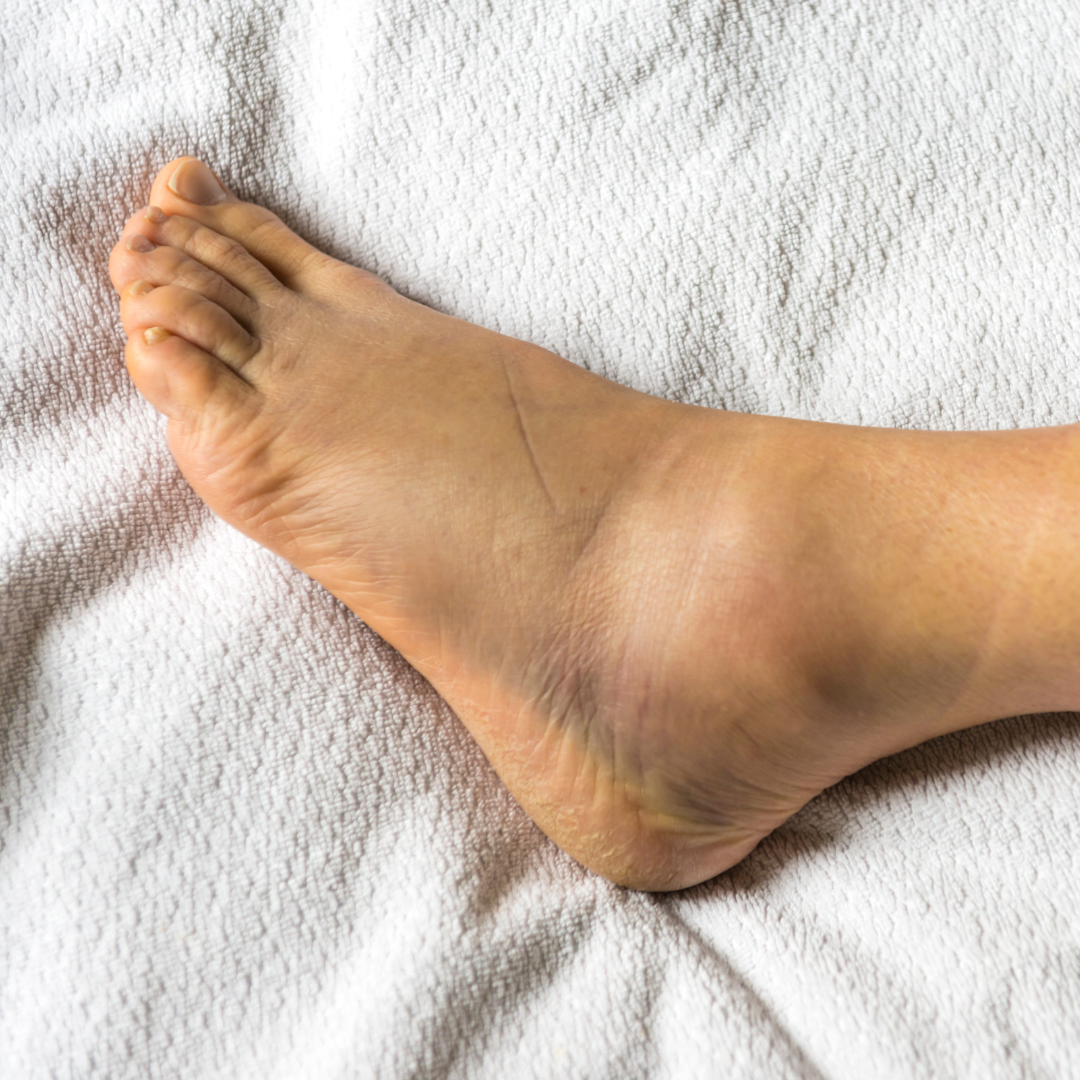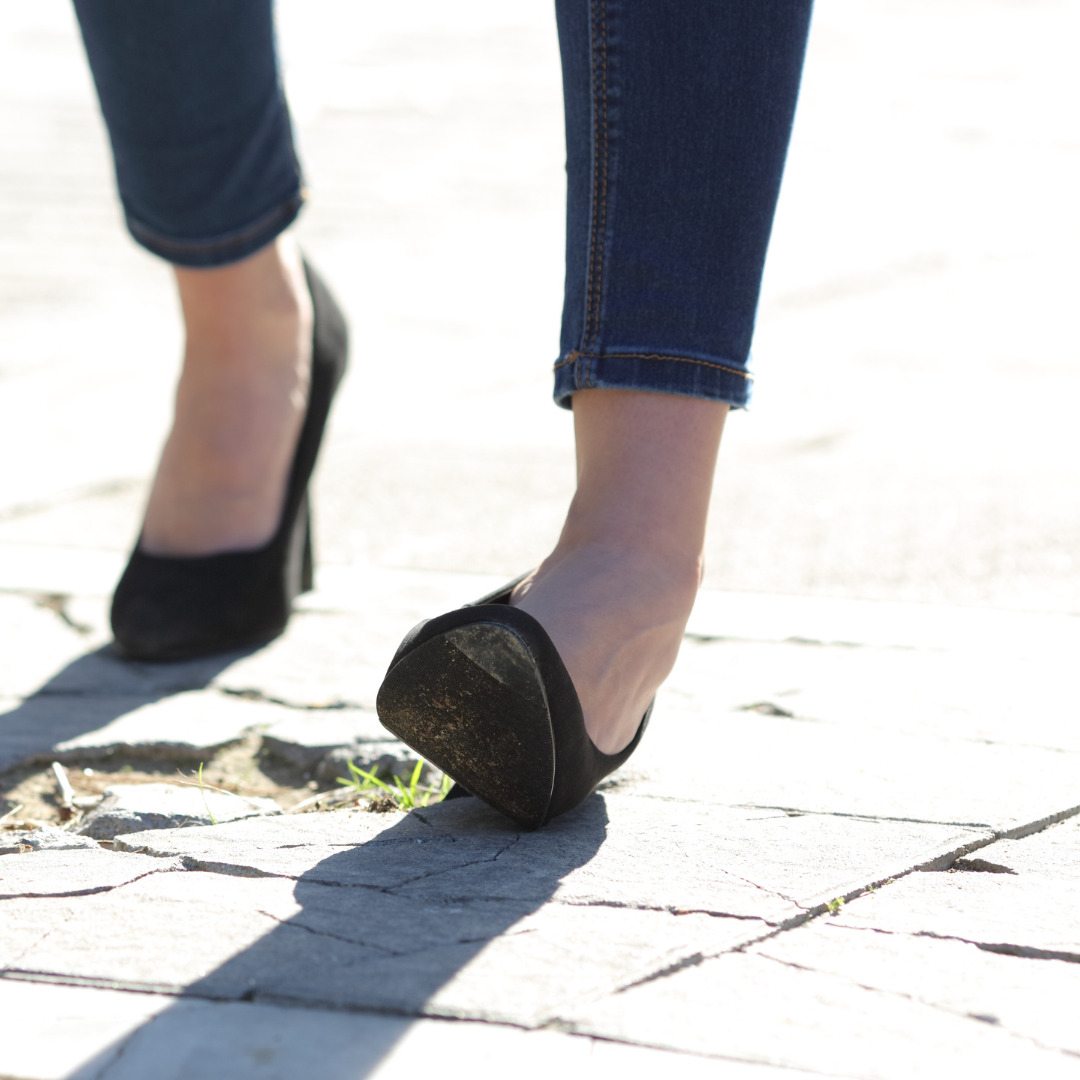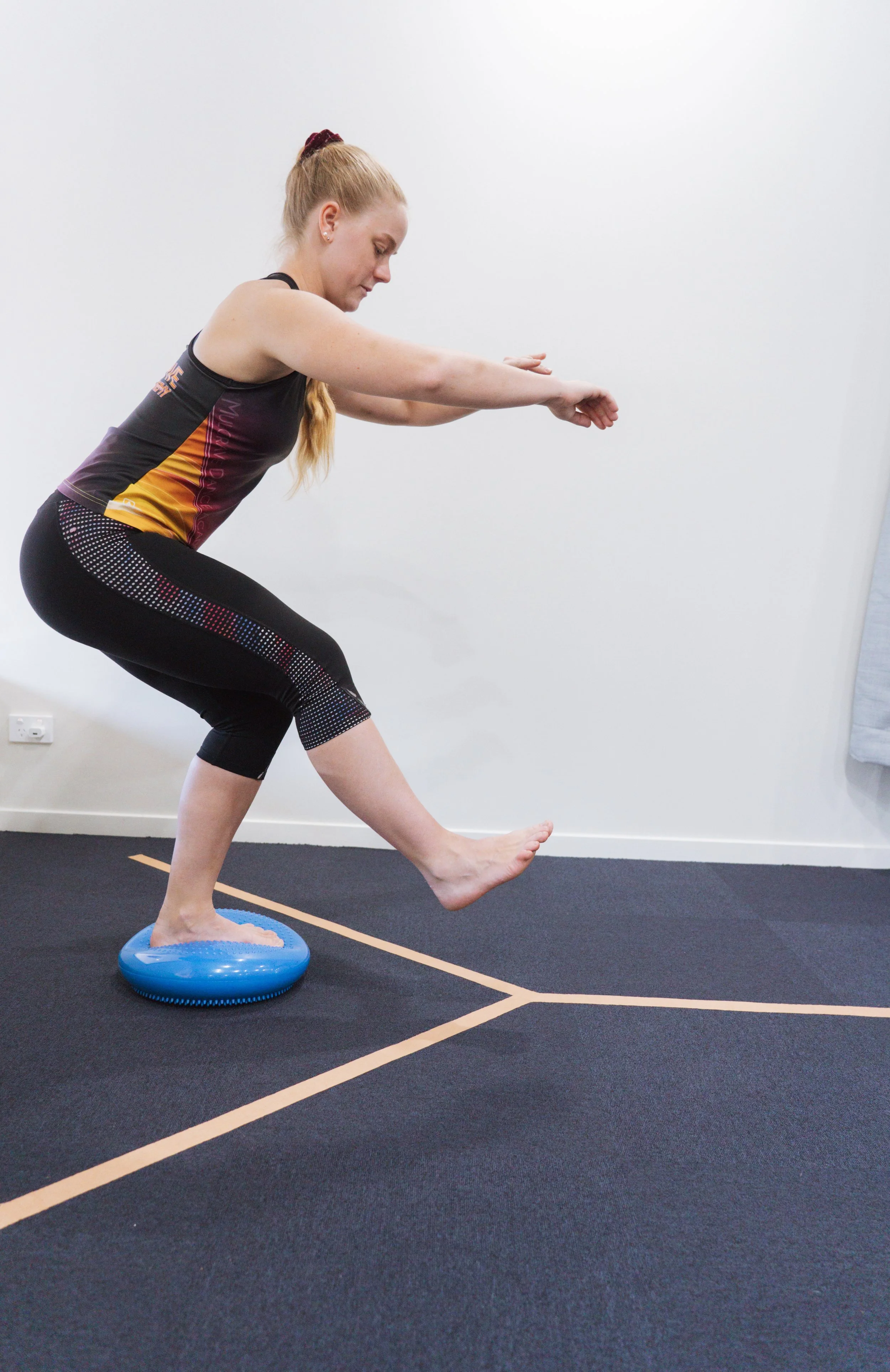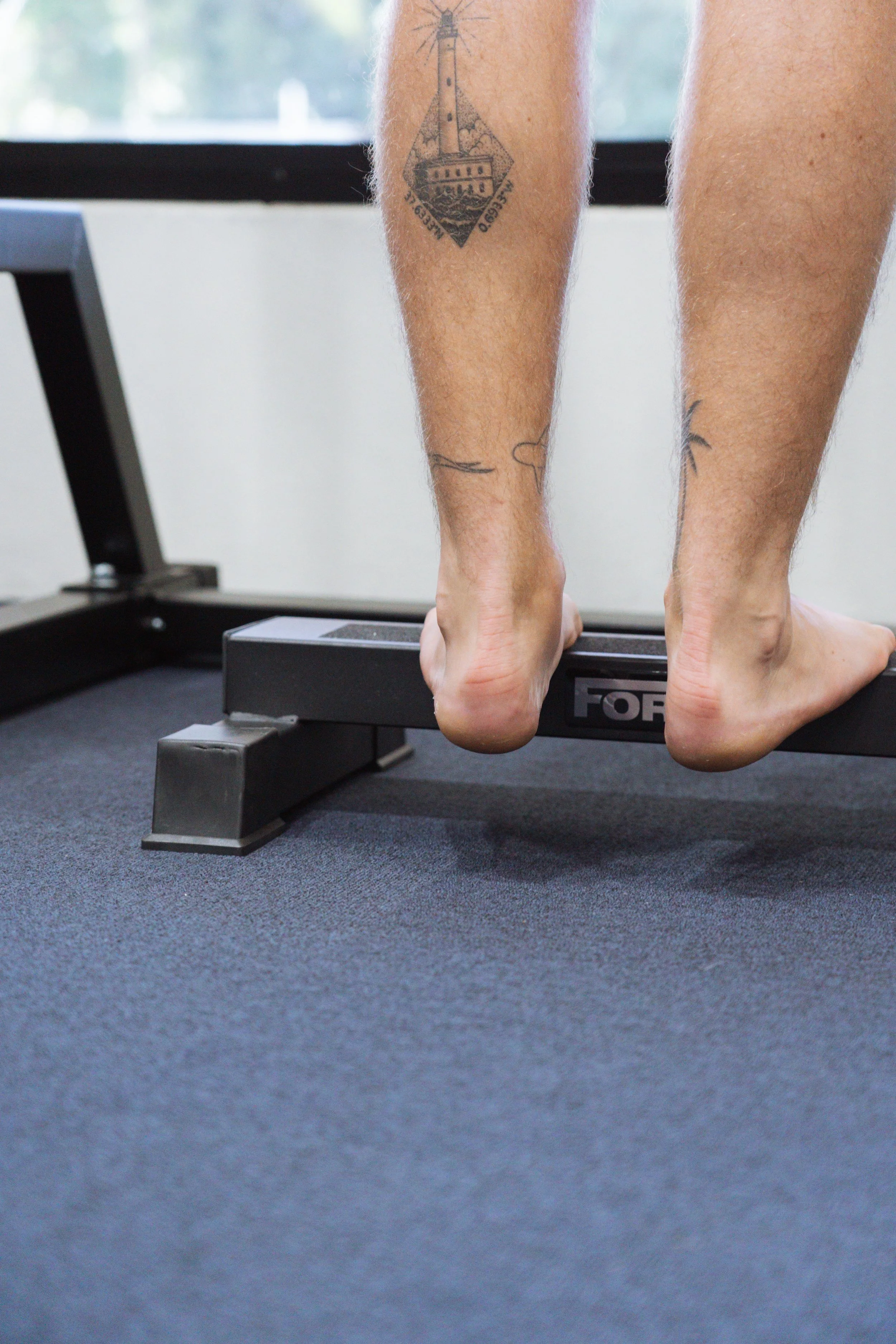Chronic Ankle Instability
Ankle sprains are often thought of as a “minor” injury that will just get better by itself. Unfortunately ongoing ankle symptoms are far too common and in a lot of cases could be prevented with proper management.
Ankle sprains account for approximately 10-30% of all injuries in sport, they are most prevalent in multi-directional sports such as basketball, netball and soccer.
Ankle sprains are thought of as a minor injury that will get better with some rest. Whilst evidence suggests that 50% of those who sustain an ankle sprain will seek medical attention, less than 7% of individual receive physiotherapy treatment.
Persistent symptoms after ankle sprain are very common, research heavily supports the effectiveness of physiotherapy in reducing the chances of these symptoms occurring.
Chronic Ankle Instability (CAI) is a term used to describe symptoms that persist for over a year following an ankle sprain. These symptoms can include recurrent injuries, a feeling of instability, ongoing pain, weakness, swelling and loss of range of motion.
A year is a long time, and you would think symptoms would have resolved by then… unfortunately this is often not the case!
A whopping 40% of those that sprain their ankles will develop CAI, this rises to over 60% in those that play soccer! If you think about it, we all know someone who is constantly spraining their ankle.
So What Causes CAI?
As with most things in physiotherapy it is not a simple answer…. the ligaments on the outside of the ankle do have the capacity to heal relatively well, though almost everyone who sprains their ankle will be left with ligaments that are a little more lax (looser) than before.
However not every single person who sprains their ankle develops CAI. So we can’t attribute its development to JUST the ligaments.
The overarching answer is that the factors that contribute towards the development of CAI are going to be different for everyone. It is our job as physiotherapists to break this all down.
To assist in this process in 2019 a framework was proposed, which outlined all the potential contributing factors
Mechanical Impairments
Other injuries
In many cases an ankle sprain does not just involve an injury to the ligaments. There can be simultaneous injury to the muscles and/or tendons on the outside of the leg (peroneals), damage to the ankle or shin bones or ligaments elsewhere in the ankle, namely the high ankle or medial ankle ligament complex.
These additional impairments lead to an ankle that is more mechanically unstable and increases the risk of CAI.
Joint Restriction
It is commonplace following an ankle injury to have ongoing restriction in movement. This occurs for 2 main reasons.
1) Reduced movement of the ankle joint
2) Soft tissue restriction from the calf muscles
Tissue Adaptions
Adaptations to tissues can occur following an ankle injury. The ATFL (the most commonly injured ankle ligament) can become thickened following injury. A reduction in the size of the small intricate muscles in the foot is also often observed.
Functional Impairments
Functional impairments refer to a personals ability to control their ankle. This goes well beyond just muscle strength.
Reduced Reflexes
We have a natural reflex to protect against our ankles suddenly being turned outwards. The stability muscles in the ankle will quickly switch on, in an effort to prevent injury to the ankle occurring. Research has identified that this reflex is delayed in those with CAI.
Muscle Inhibition
Muscles require a signal from a nerve in order to contract. It has been found that these signals are altered in those with CAI. This process does not just affect the muscles in the ankle, but also the quadricep on the injured side, the hamstring muscle ON BOTH SIDES! and even some of the muscles of the core!
Muscle Weakness
Muscle weaknesses is found in the foot, ankle, knee and hip those with CAI, when compared with the uninjured side.
Balance Deficits
It is very common to suffer from reduced balance and an over reliance upon vision to maintain stability in those with CAI
Movement Patterns
Those with CAI will almost certainly display altered movement patterns in a large number of tasks including walking, running, cutting, and landing.
Psychological Impairments
We shouldn’t just consider pain and physical impairment when it comes to injury. We must keep in mind the psychological burden that ongoing symptoms can have upon an individual.
CAI can have a large impact of a person’s every day life. Those with CAI appear to be generally less active, taking 2100 fewer steps per day in one study. There are also significant reductions in sports participation following the development of the condition.
Given that most individuals will first sprain their ankle between the ages of 10-24 it is vitally important that these injuries are either prevented or treated correcting in the first instance to prevent these impairments in lifestyle from occurring.
So What Does This Have To With Physio?
It is a physiotherapists job to identify and acknowledge all these factors to construct a treatment and management plan.
The contributing factors will be different for everyone and so treatment and management should be individualised to take this into account! If your physiotherapist is providing you with generic exercise sheets or is not conducting an in depth assessment of your ankle they are simply NOT doing their job correctly!
The evidence strongly supports the use of a comprehensive rehabilitation program in the management of ankle sprains. A rehabilitation program is most effective when utilised following the primary injury (first ankle sprain), though even those who suffer from long term ankle problems can improve significantly with the proper program.
A rehabilitation program is NOT a massage and some calf raises. It may consist of
Range of motion drills
A comprehensive progressive strengthening program
Balance exercises/ Neuromuscular training
Plyometrics
Biomechanical assessment
Sports specific training
Return to sport testing





